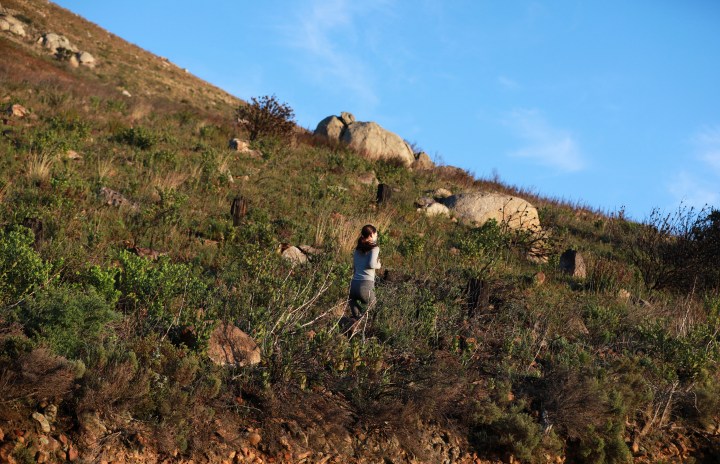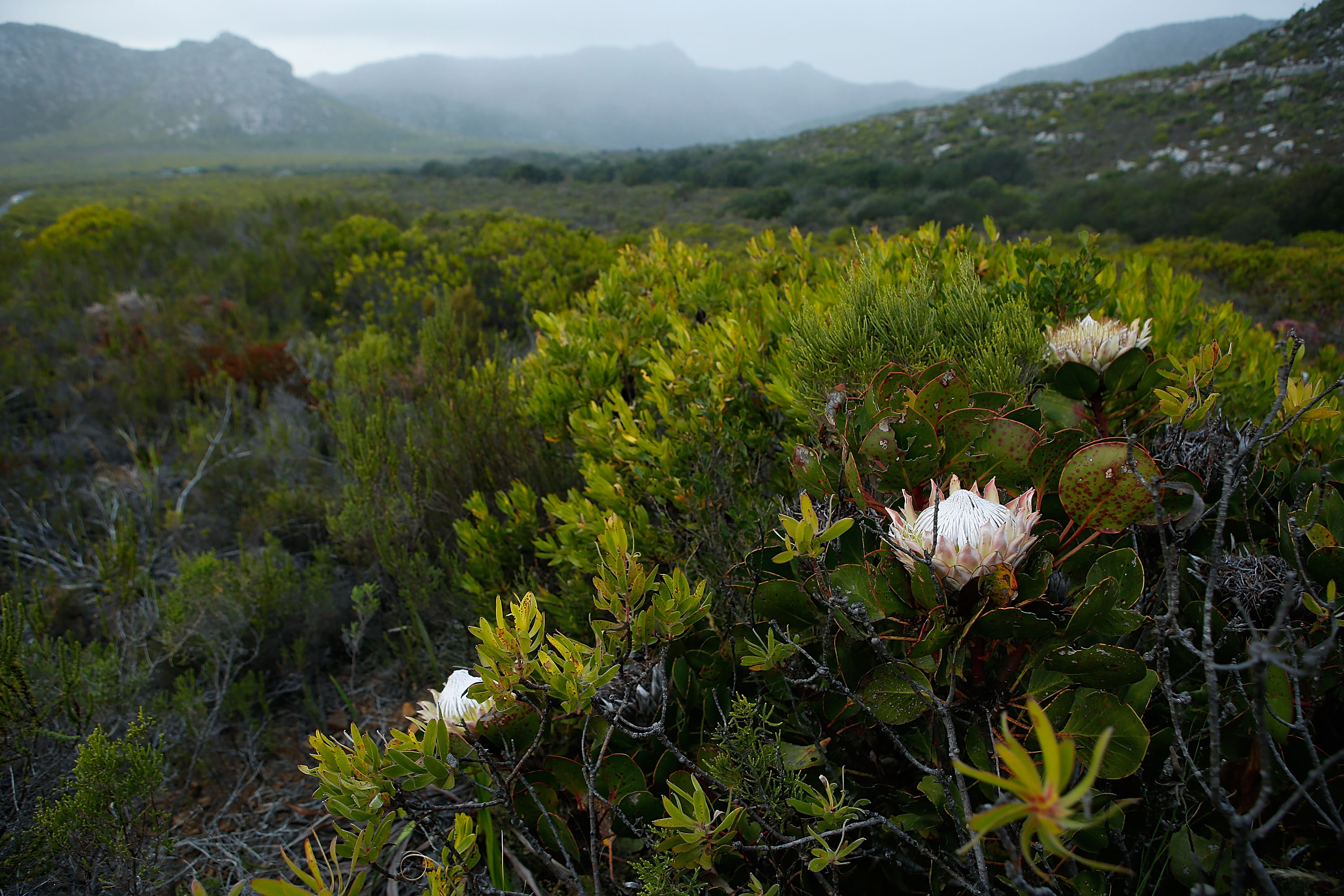PROTECTED AREAS OP-ED
Turning decay into opportunity by embracing ‘neighbourhood nature’

No matter how degraded, Cape Town’s public parks, cemeteries, road reserves, flood plains, farms and undeveloped erven present a unique opportunity for conversion into ‘harvestable’ indigenous landscapes for indigenous cultural purposes.
South Africa’s protected reserves and national parks cover 9.2% of the area of the nation. At face value, Cape Town’s Table Mountain National Park (TMNP) and smaller reserves are repositories for wild species in their natural environment – managed in such a way as to protect biodiversity, keep our air and water clean, and give future generations a chance to experience nature.
Yet, regretfully, as showcased in “Environment Minister Creecy urged to hand over ‘broken’ Table Mountain National Park to City of Cape Town” (Daily Maverick, 22 November 2022), all is not well, with SANParks facing a key strategic risk of inadequate resources to support its mandate. Such shortfalls limit the TMNP’s ability to manage the growing concomitant urban impacts of four million neighbouring residents, which alongside climate change pose an ever-growing existential threat to local biodiversity.
Furthermore, despite its importance, Cape Town’s current protected area system gives society a false impression of humankind’s success at preserving nature, for with these protected pockets it has unconsciously granted licence for a “free-for-all” on land everywhere else, meaning that what remains of Cape Town habitats outside of protected areas is under genuine threat.

Table Mountain is lit up in red for World Aids Day on 1 December 2010. (Photo: Carl Fourie / Getty Images for RED)
Already fragmented and ecologically decayed, more than 700ha per year has been lost to urbanisation since 2000 – collectively more than half the geographic area of the TMNP. So, while our increasingly pressured parks protect what they can, there is wanton destruction of nature across the balance of the city, often entirely legally in the form of housing developments.
Compounding this challenge is a disconnect whereby conservation authorities are seen by many city residents as unsympathetic to their economic and cultural needs.
The Cape’s bossiedokters are an indigenous culture who rely on access to wild habitats for the herbalist trade. While culturally important, this practice is illegal and brings them into regular conflict with nature conservation officials. Using bulbs, leaves, roots and barks to treat and heal many thousands of South Africans in cultural and medicinal ways, this culture holds a paradoxical love for nature yet serves as an active threat where wild-harvesting potentially hollows out local habitats.
Read in Daily Maverick: “SA’s protected areas growing at a healthy rate, report reveals”
A wicked problem is now emerging where protected conservation lands are increasingly being targeted for extraction by bossiedokters due to the largely legitimised destruction of the remainder of Cape Town’s natural landscapes. With alternative habitats of supply now buried in urbanisation, conservation lands are under increasing pressure from bossiedokters with few alternatives to breaking the law.
Allowing harvests in conservation areas will erode biodiversity, but preventing them denies an indigenous culture the right to function. Tragically, the rules-based system to which South Africans generally subscribe has evolved this situation. In a sad irony, Cape Town’s bossiedokters could otherwise be the conservation sector’s greatest allies and a new generation of advocates for protected areas and indigenous biodiversity.
Embrace decay
More than ever, conserving nature requires emboldened protected area management alongside community support for conservation. Conversely, limiting cultural decay requires land for bossiedokters to grow, harvest and practise their craft.
It is time for government officials to embrace decay – not of nature or culture as described above, but instead by reclaiming its degraded, fragmented but strategic land assets to build a green economy of “neighbourhood nature”. No matter how degraded, Cape Town’s public parks, cemeteries, road reserves, flood plains, farms and undeveloped erven outside of formal protection present a unique opportunity.
Visit Daily Maverick’s home page for more news, analysis and investigations
Under a new land-use designation and management strategy, bolstered by evolving versions of the Expanded Public Works Programme and international climate change funding, this land should be redesignated as “harvestable” indigenous landscapes, simultaneously maintained for environmental values and available for cultural and productive purposes.

Proteas in the Table Mountain National Park on 29 March 2014. (Photo: Michelly Rall / Getty Images for Sony)
These currently ecologically compromised sites can be enriched with local species propagated specifically for cultural and economic use. Open-access models, such as our own Herbanisation, have demonstrated the viability of this concept.
Read in Daily Maverick: “More awareness needed of biodiversity crisis, especially among young people, says SA ecologist”
Acknowledging the entanglement of “natural” and “cultural” heritage in this case will bring about increasingly equitable outcomes for future generations. An urgent and critical first step requires halting ongoing urban sprawl and instead championing densification to preserve the limited space we have left.
Cape Town’s neighbourhood nature should be seen as an opportunity for developing a new kind of managed space that addresses both ecological and cultural values, and simultaneously serves to take pressure off our formally protected landscapes. DM
Dr Leif Petersen is Co-Director of the Sustainable Livelihoods Foundation NPC. He is a co-investigator on the project “Decay Without Mourning – Future Thinking Heritage Practices” in collaboration with the Africa Open Institute, Stellenbosch University, KTH Royal Institute of Technology, Pinacoteca São Paulo, and Universidade de São Paulo.



















 Become an Insider
Become an Insider
‘Bossiedokter’ – what a delightfully descriptive word